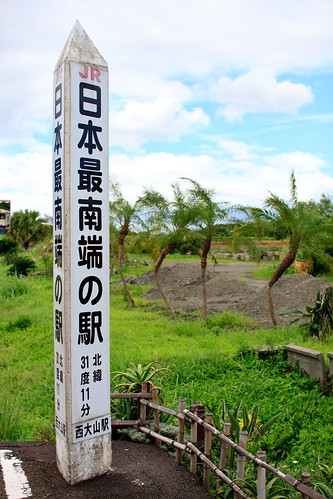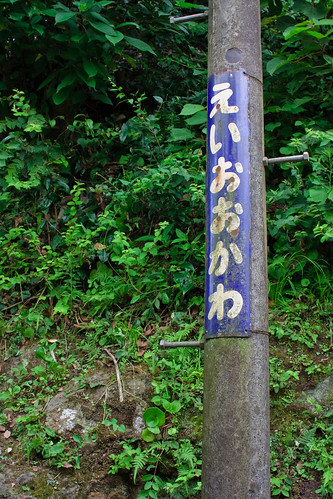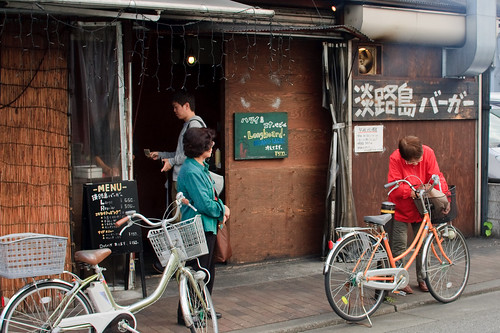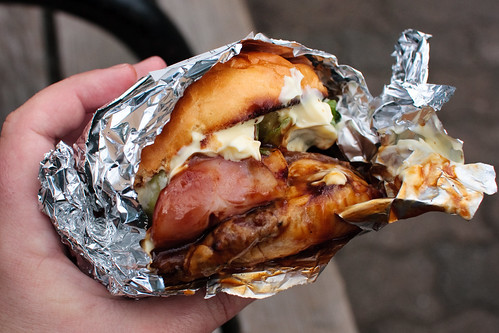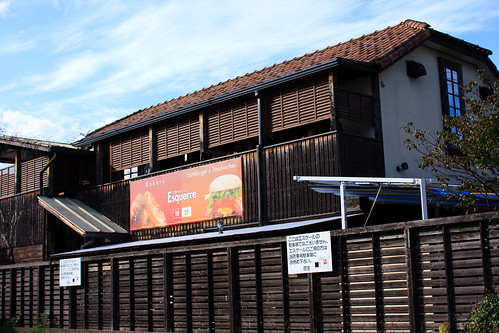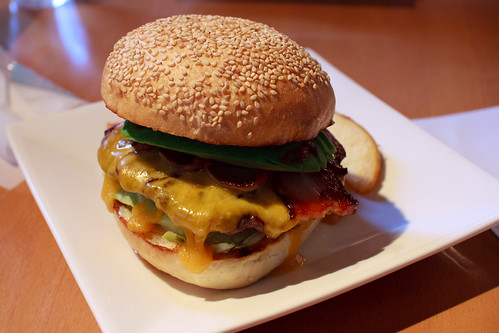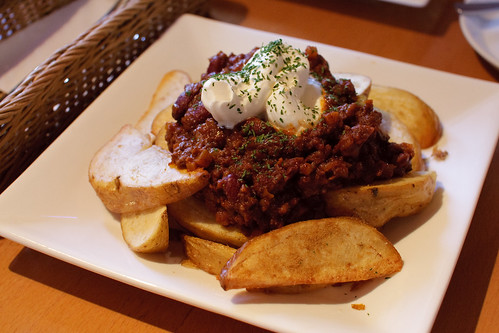I'm still posting things from my trip to Kyushu in August. This might be the last! Finally!On my last day in Kagoshima I decided to try to find an archeological museum that was written up in the tourist pamphlets. I've studied a bit of Japanese archeology and I thought it would be worth checking out. The museum was a 20 minute walk from Jigenji Station, south of downtown Kagoshima. A bit long, but not too bad I thought. Leaving the station I asked the attendant the direction to the museum. He gave me the directions, but also added something I didn't quite understand. I thanked him and got on my way.
10 minutes later I was swimming in sweat and slowly making my way up a steep slope. I saw the tallest and steepest stairway I ever had rounding a bend in the road. I hoped that my route didn't include climbing it. Deciding that cars also had to get to this museum, I continued up the road and soon came to the parking lot for the museum.
It was empty. Oh shit. No. Is that what the station attendant said to me? Was the museum closed on Mondays?
Fuck.
I was covered with sweat. Tired from the hike up the hill and wanting to get something out of all that work, I hoped for the best and walked across the grass field that led up to the museum.
No lights on the inside. Doors locked. ARRRGH!
Built in a tight natural amphitheater the area around the museum was quite beautiful. Stairways, much like the one I saw before, ascended up into the deep green forest that loomed above the museum. One of them paralleled a semi-natural waterfall/fountain. It was beautiful enough to make me ignore my sweat soaked shirt and aching legs to climb it. I guessed that there much be the namesake Jigenji temple somewhere up there, and at least I'd go see that. I had come this far.
At the top I saw a father and his two children playing and walking around. There was also the sound of a trumpet somewhere. I followed a trail that ended up on a road. Taking the road higher up the hill I came across a public toilet and a shrine. A shrine! There are two major religions in Japan which co-exist together, but have separate places of worship: Buddhist temples (寺) and Shinto shrines (神社). I came looking for a temple but I found a shrine. I tried to read the name and the historical marker out front but was stymied by too many kanji I didn't know.
I took a walk around the shrine grounds which were free of other people or priests. I prayed and signed the guest book. I didn't find any other signatures from Hyogo prefecture and only a few from outside of Kyushu. Pretty cool.
Leaving the shrine grounds I began to look for the temple again. Doubling back the way I came I saw the father and his children. We began to chat and I asked him if he knew where the temple was. He also wasn't sure, but he said he'd ask the trumpet player for me.
I had heard, but not seen who was playing the trumpet in the park earlier. He turned out to be a local who came here often. There had not been a temple here for hundreds of years. The temple was torn down sometime for some reason, and the shrine I had just visited was built on top of it. Even though this happened well before trains or train stations or anything else around here, the old name stuck. So if you're going to Jigenji station to see a temple there isn't one. (The last ji in Ji-gen-ji 慈眼寺 means temple.) I thanked both of them, said goodbye to the children, and walked back to the temple.
Two failures in about one hour. Great. First the museum and now the lack of a temple. Typically I wouldn't be that bummed out, but the shrine wasn't that cool. I figured I came all the way up here, I needed to see something great.
Back at the temple entrance I found that I was at the top of that super long staircase I saw on my way up to the museum. I figured going down wouldn't be that bad. The view was great but it was a bit steep. Signs posted along the way warned me of falling and that the handrail was there for a reason. Making my way down I could see how one slip on these stairs could lead to a long fall and a few broken bones at least.
At the bottom of the staircase I had two choices, return the way I came, or venture into the forest on a trail that lead down the mountain. I chose the latter wishing to get out of the sun. The forest turned out to be Jigenji Park. This Kagoshima city park is a sylvan playground. The kind of place Totoro would live. Everything was covered in moss or lichen or some sort. The air was wet with fresh oxygen and everything had that great green smell. The air was wet, but not sticky and humid. It was refreshing.
At the bottom of the stone and dirt path there was a river and a nagashi somen restaurant. Nagashi somen is a unique way to eat these white soba-like noodles as they rush through running water. You take your chopsticks try to catch the noodles as they go by. Getting some you then douse them in a bowl of broth and eat away. (
This site has a great write up about how to do your own nagashi somen at home, although you should wait till next summer!) I wasn't hungry, but I did get a great bottle--yes real glass bottle--of Coke from a vending machine. It was so great.
The park I found turned out to be the something great I wanted to see in order to make this side-trip worthwhile. It was immensely beautiful. The park also had great signage with well written English descriptions of the various places. There were many Jizo statues scattered about, one from and symbolizing each of the 88 temples on the famous
88 temple pilgrimage route in Shikoku. Praying at each of these statues is equivalent to actually going to each of the temples. I saw one older lady doing this.
The park was also filled with little bridges, shrines, and other hidden wonders. I wish I had more time to investigate, but my aching legs, sweaty shirt and pants said it was time to go. Getting back to the station and then downtown Kagoshima, I bought a new T-shirt and boarded the Kyushu shinkansen to begin my trip home.
This site (Japanese only) has a bunch of photos and information about the park.
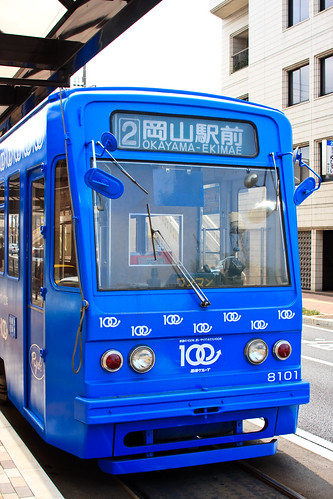
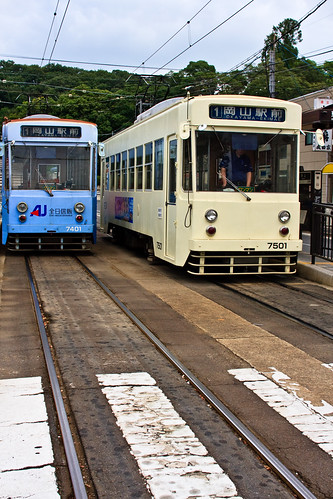
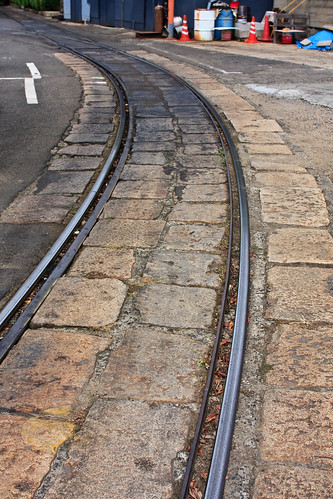
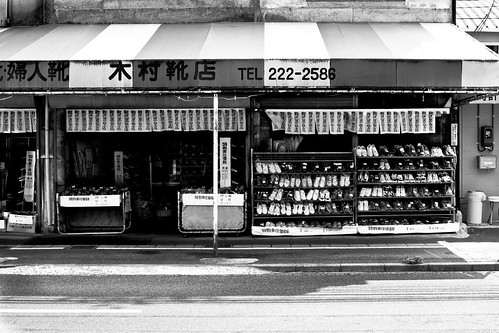
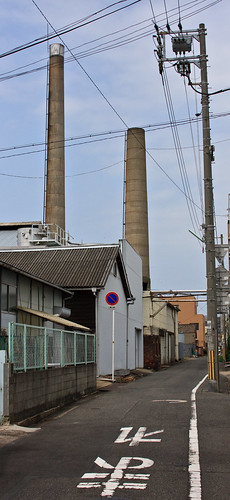

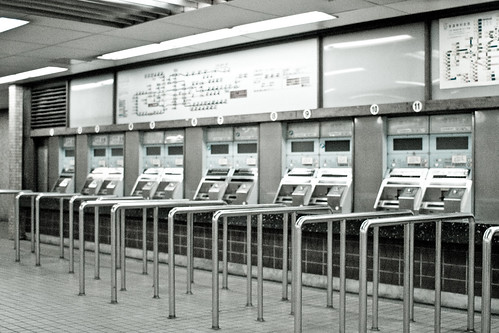
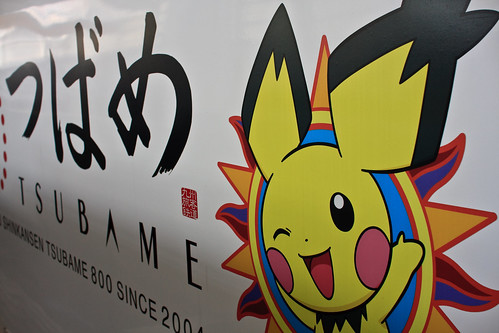
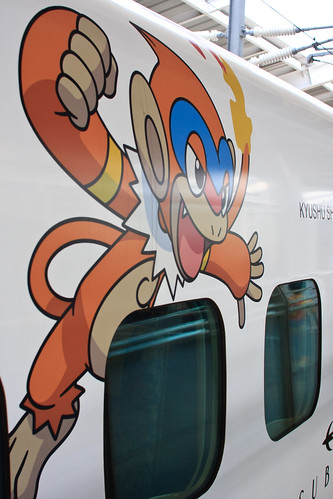

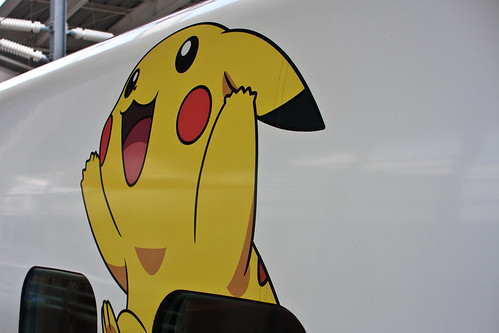
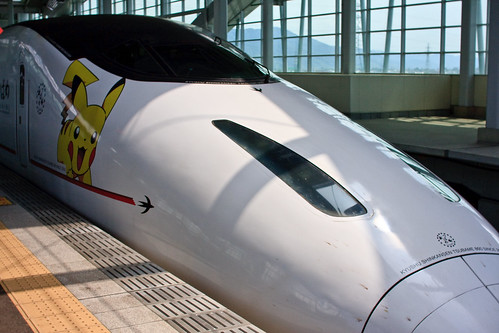



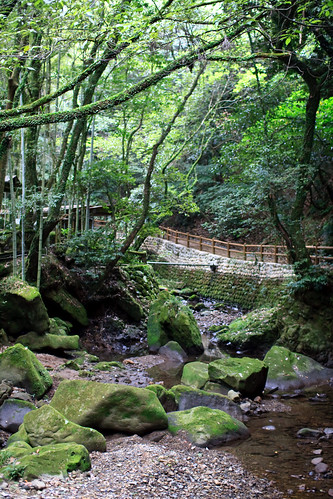
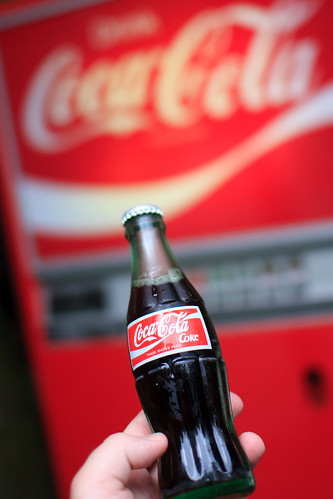
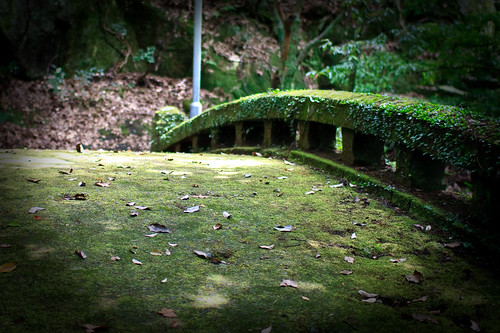
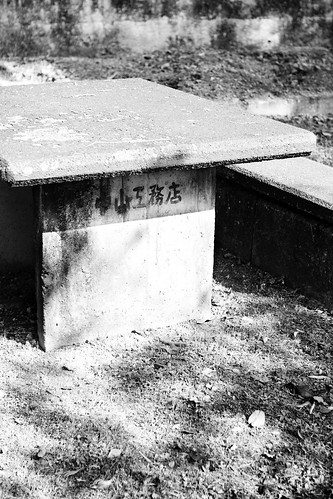
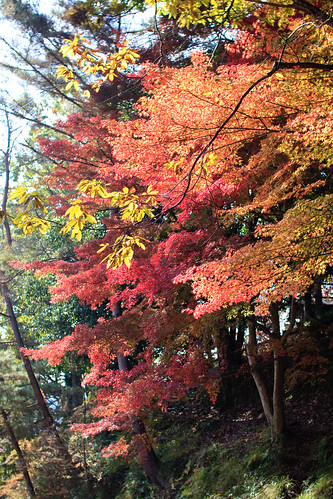

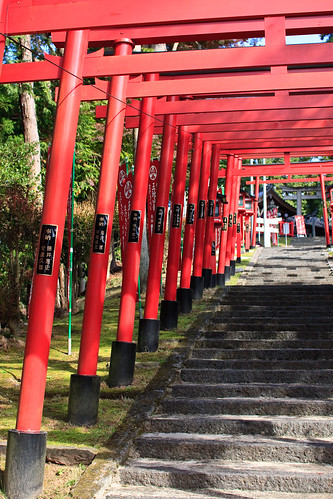

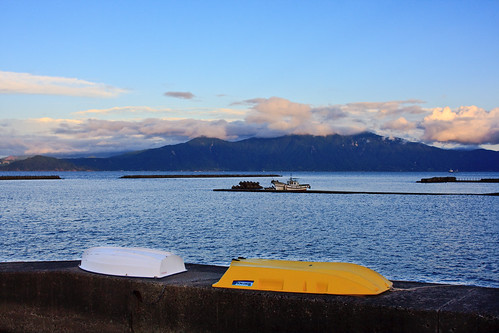
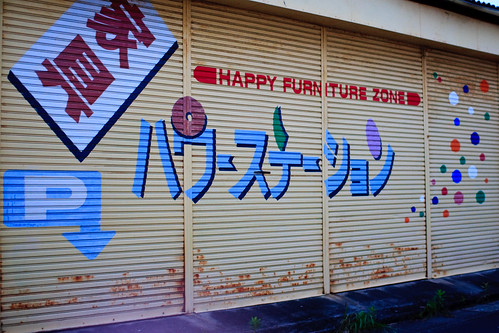



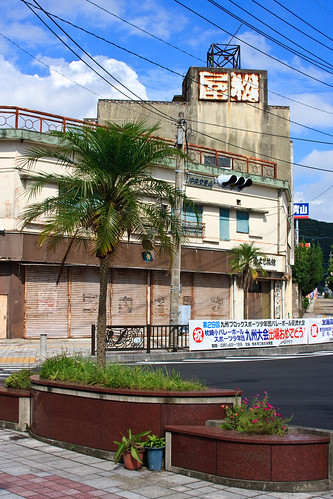

![[freshnessveggieburger.jpg]](https://blogger.googleusercontent.com/img/b/R29vZ2xl/AVvXsEj3WxACKCnbakR3KaQhTjKS43wC27eA4UnVUIRejmtqp-_QqC6pXFjBj84DS8bQ6HRJYeyk6o_Vpp8k-G79z40EGEcV7r_HqrLHjCNTScG_nD1-NdKx3KN8NcFkz86AsrR-keZA/s1600/freshnessveggieburger.jpg)












